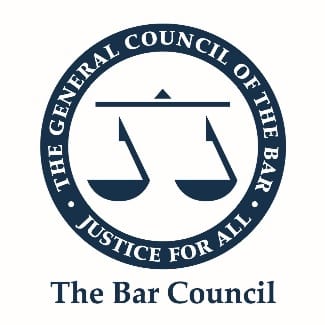Tousi v Gayukova [2023] EWHC 404 (Fam)
Judgment date: 27 February 2023
https://caselaw.nationalarchives.gov.uk/ewhc/fam/2023/404
Mostyn J. Does the court have jurisdiction to transfer a (housing association) tenancy between the parties to an invalid marriage? Do the consequences of invalidity fall to be determined under the law of the country of marriage, or only whether the marriage is valid?
W was Ukrainian and H was Iranian. They entered into a marriage ceremony at the Iranian Embassy in Kiev but as only H was Iranian, the Embassy ceremony did not give rise to a valid marriage under Ukrainian law. H refused to follow this up with a recognised ceremony. After some time living in the UK they separated. W’s application for an occupation order was refused and she was advised to apply for a transfer of tenancy.
W’s transfer application was made under s 53 Family Law Act 1996, which relates to those who are married or who had been through a form of marriage capable of being subject to a nullity order (i.e. a marriage that was void under s 12 MCA 1973 as opposed to a non-qualifying ceremony/’non-marriage’). Schedule 7 to the 1996 Act permits the transfer of a secure tenancy to be made on or after a conditional divorce or nullity order but cannot take effect until the order is made final. The parties had no such conditional order. Yet, Mostyn J observes, a transfer order in respect of cohabitants comes into effect when they cease cohabitation, which puts them in a better position than a spouse applicant who has to wait.
A transfer order was made by Recorder Nicholas Allen KC, who held that the validity of the parties’ marriage was not something he needed to consider. H appealed. On appeal, W argued that the marriage was a non-marriage and so not capable of being annulled and thus the court must have treated her as a cohabitant.
Mostyn J discusses origins of nullity laws and Attorney General v Akhter and Khan [2020] EWCA 122, and provides a diagram of the relevant options – valid marriage, void marriage, voidable marriage, and a non-qualifying ceremony in which the parties did not comply with Part III Marriage Act 1949. He then goes on to hold that the foreign law not only determines the validity of the marriage but also the ramifications of invalidity, and that where the concepts equate to our distinction between void marriages and non-qualifying ceremonies the foreign court’s determination of the ramifications should be equally binding on the E&W court as long as not obviously contrary to justice – Asaad v Kurter [2014] 2 FLR 883 cited.
SJE evidence was clear H and W’s relationship would be treated under Ukrainian law as that of cohabitants. The parties were not therefore eligible for a nullity order and thus not spouses under the Family Law Act 1996. Recorder Allen KC was right to make the order transferring the tenancy.
The situation with non-qualifying ceremonies is a ‘disreputable mess’ that needs to be sorted out by the Supreme Court. No power to make a leapfrog certificate as this case concerns an overseas ceremony not as in Akhter, which is binding CA authority for domestic ceremonies.





